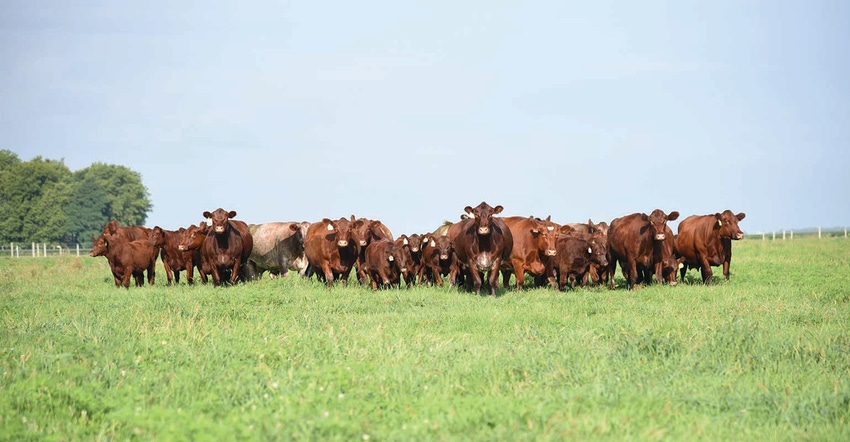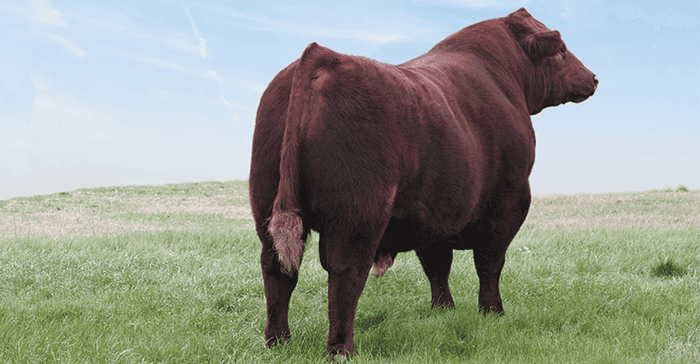In an effort to help Shorthorn breeders and their customers manage the negative fallout from fescue toxicosis, The American Shorthorn Association (ASA) recently unveiled a new $ Fescue Index during its fall board meeting.
December 1, 2017

Sponsored Content
Each year fescue toxicosis costs the U.S. beef industry up to an estimated $1 billion in lost revenue, according to Richard Browning, Jr., Ph.D., of the Cooperative Agricultural Research Program at Tennessee State University.
In an effort to help Shorthorn breeders and their customers manage the negative fallout from fescue toxicosis, The American Shorthorn Association (ASA) recently unveiled a new $ Fescue Index during its fall board meeting.
The $ Fescue Index was developed as a result of the Fescue Tolerance Project funded by ASA and the Shorthorn Foundation. Samples were tested using a DNA test developed by AgBotanica. The project used a cross-section of Shorthorn genetics throughout the breed. AgBotanica returned a Fescue Tolerance Score ranging from 0 to 50 based on the number of DNA markers the animal possesses and their relative influence on the score.

Shorthorns had very similar results to other breeds in their resistance to fescue toxicity, said Patrick Wall, Iowa State University Extension Beef Field Specialist. As previous research has suggested, animal location is a very poor predictor of fescue tolerance score, which means Shorthorn breeders from inside and outside the Fescue Belt have a fairly wide range of tolerance scores. Since Shorthorn genetics are shared via A.I. and sales nationwide, this was not a surprising result. However, these results also indicate that selection pressure can be placed on fescue tolerance if a breeder desires.
The decision to incorporate the results into a genetic selection tool that cattlemen can utilize puts ASA in an industry leadership role as the first breed association to include fescue tolerance testing in their genetic evaluation.
After reviewing the research results, ASA staff decided the best path was to develop a new $ Fescue Index, said Wall. The index will appear on an animal’s genetic profile if the DNA test for fescue tolerance was completed, and the animal’s 0 to 50 score will also be made available in the online registry.
The ASA is excited to be on the leading edge of the industry by offering the $ Fescue index to our breeders and their commercial customers, said ASA Executive Secretary Montie Soules. He said the ability to identify genetics that can thrive in fescue-rich environments will greatly help the profitability of cattlemen utilizing Shorthorn genetics.
About the Author(s)
You May Also Like



